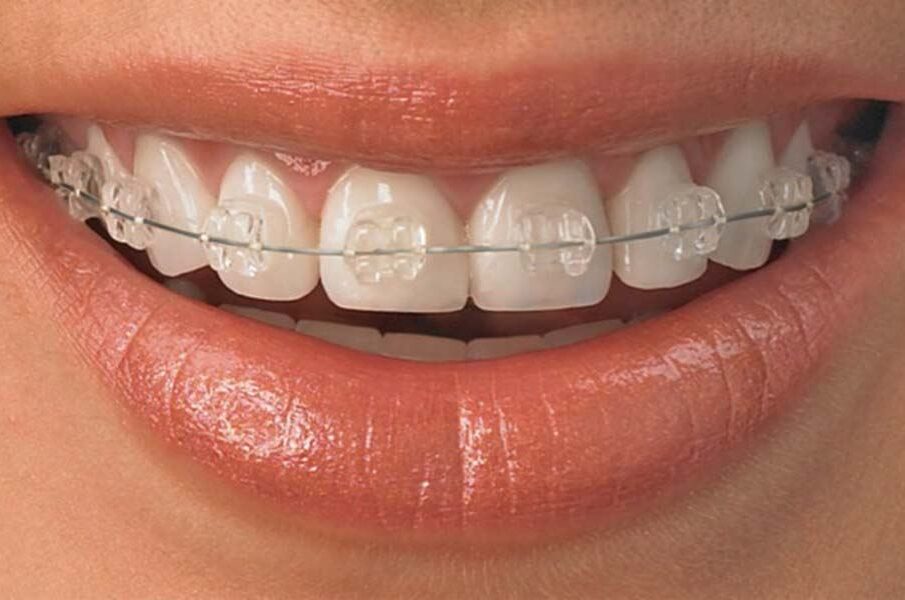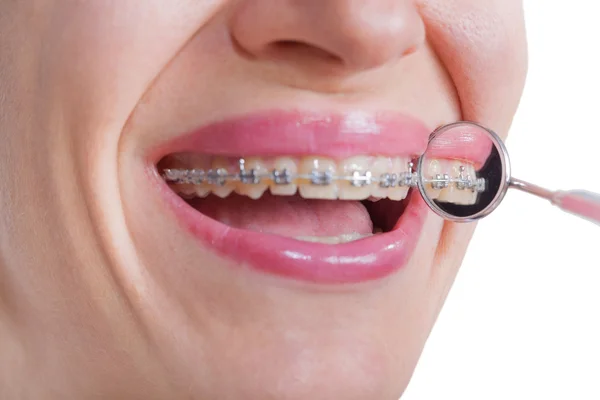The Technology Behind Lingual Braces: Innovations in Orthodontics

Do you wish to have beautiful, well-aligned teeth to flaunt? Do crooked and misaligned teeth steal the spark from your smile? Worry not! The Orthodontist in La Quinta offers orthodontic treatment for alignment issues through lingual braces. Lingual braces are a type of orthodontic appliance that offers a discreet and effective way to straighten teeth. Unlike traditional metal braces that are attached to the front of the teeth, lingual braces are placed behind the teeth, making them less noticeable and more appealing to individuals who value aesthetics.
In this comprehensive guide, we will explore further about lingual braces to determine if these are the right choice for your oral needs.
How do lingual braces work?

Lingual braces work similarly to traditional metal braces. They consist of brackets attached to the back of the teeth and connected by an archwire that applies gentle pressure to move the teeth into their desired position. The process of straightening teeth with lingual braces takes around 18-24 months, depending on the complexity of the case.
What are the types of lingual braces?
There are two types of lingual braces- standard and custom. Standard lingual braces use one-size-fits-all brackets, while custom lingual braces use personalized brackets that fit perfectly along the back of the teeth. Custom lingual braces are more expensive but offer a more comfortable and precise fit.
Who is a good candidate for lingual braces?
Lingual braces are suitable for individuals who want a discreet orthodontic treatment and have mild to moderate dental and jaw misalignments. However, they may not be the best option for severe bite issues or individuals with small teeth.
What are the benefits of lingual braces?
Aesthetics: Lingual braces are virtually invisible, making them an attractive option for individuals who want a discreet orthodontic treatment.
Wide treatment scope: Lingual braces can treat various dental and jaw misalignments, including crowding, spacing, and bite issues.
In-person oversight: Regular office visits with an orthodontist ensure proper treatment and monitoring.
Consistently powerful: Since lingual braces are affixed to the teeth, they work continuously without the need for removal and replacement.
Less risk of gum irritation: Since lingual braces are placed behind your teeth, there is a reduced risk of gum irritation and disease.
Are there any drawbacks of lingual braces?
While lingual braces are aesthetically pleasing since they are hidden, they also exhibit a few drawbacks, such as:
Treatment time: Lingual braces can take longer to achieve desired results, typically 18-24 months.
Difficult maintenance: Cleaning around the brackets can be challenging, and food may become trapped, leading to plaque buildup and gum disease.
Altered speech: Some patients may experience a temporary lisp while adjusting to the braces.
What is it like to wear lingual braces?
Wearing lingual braces is similar to traditional braces, with regular tightening appointments and potential minor discomfort. However, lingual braces can cause tongue irritation and speech difficulties in the initial adjustment period.
Are lingual braces effective?
Yes, they are. Lingual braces are effective if you give them the right amount of time, patience, and dedication. Moreover, you must choose a highly skilled and experienced orthodontist to enhance your success with lingual braces. With practice and proper care, you can increase the efficiency of lingual braces and enjoy all the benefits that come with having straight teeth and a beautiful smile.
Bottom line
Lingual braces offer a unique combination of aesthetics, effectiveness, and versatility for individuals seeking orthodontic treatment. While they may have some drawbacks, the benefits of lingual braces overcome the challenges, making them an attractive option for those who value discretion and want a beautiful smile. Consulting an orthodontist can help determine if lingual braces are the right choice for your needs.










